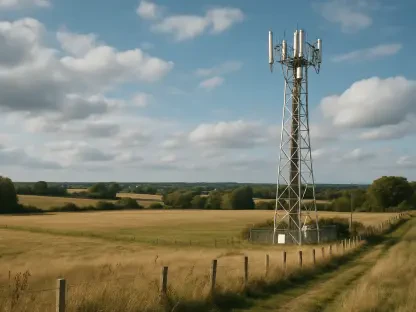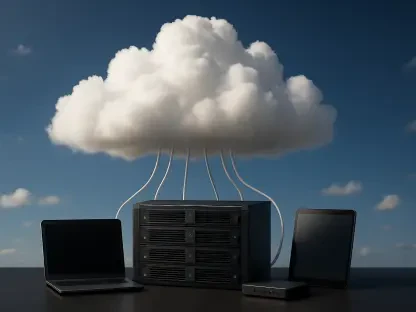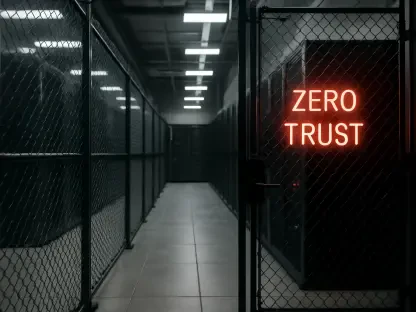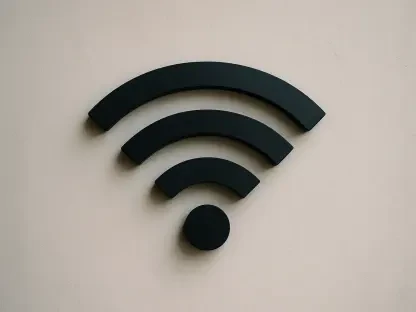The telecom industry faces another challenge as several mobile networks experience substantial outages, severely impacting customer connectivity. Customers of major providers like Three, Vodafone, EE, and BT found themselves without essential services, generating widespread frustration. The disturbance occurred on the afternoon of July 24, leaving countless users scrambling to make or receive calls. Downdetector, an online service monitoring platform, flagged these outages as particularly intense, reaching levels far above the norm. Customers quickly turned to social media to express their discontent, sharing the common struggle of disrupted communication. This incident highlights the vulnerability of digital infrastructure as users across several networks report similar issues. BT representatives acknowledged service difficulties, upholding transparency, yet withheld specific details about the underlying cause.
Customer Reactions and Possible Causes
Struggles Portrayed on Social Media
The growing challenges faced by mobile users during these outages sparked a fascinating dialogue on social media. Many turned to these platforms to vent frustrations, detailing their experiences with loss of connectivity. The inability to maintain what many consider a basic utility—uninterrupted mobile service—left a significant mark on countless individuals trying to tackle daily responsibilities. Customers were particularly vocal about the lack of clarity concerning the cause and duration of the outages, amplifying irritation and leading to widespread concern.
Amidst complaints, various theories emerged about potential causes behind the network failures. Speculations ranged from technical glitches to potential cyber threats. Some voiced suspicions about a cyberattack targeting multiple providers simultaneously. Despite these rumors, no concrete evidence pointed definitively to a specific cause. The heightened speculation demonstrated users’ deep reliance on these networks and their vulnerability when services falter. As such incidents become focal points of discussion, they underscore the urgency for providers to maintain robust network integrity.
The Role of Downdetector in Tracking Outages
As disruptions ensued, Downdetector played a pivotal role in monitoring complaint patterns and consolidating them into actionable data. This platform rapidly identified anomalies and offered a centralized space for users to report issues. With its validation and real-time analysis capabilities, Downdetector pinpointed hotspots of outage activity, providing broader insights into the scale and reach of problems. User reports were examined meticulously, producing a clear, comprehensive picture of affected regions.
O2 remained notably unaffected and confirmed it continued to operate without issues. O2 clarified that any perceived disruptions by its customers stemmed from roaming between compromised networks rather than from internal challenges. Downdetector’s analysis offered critical insights into this dynamic, distinguishing which networks primarily suffered interruptions versus those that sustained clear service. The detailed data aggregation ensured that service providers could prioritize and strategize resolution efforts efficiently, paving the way for restoring full connectivity.
Providers’ Responses and Resolution Efforts
Responses from Telecom Companies
Upon acknowledging the outages, corporate responses varied, with each focusing on transparency while resolving the technical issues hampering service. A BT spokesperson reiterated their commitment to addressing ongoing challenges without identifying precise causes. This approach left room for speculation while demonstrating a desire to maintain transparency during the crisis. Engaging with the user base, companies highlighted infrastructure resilience while illustrating efforts to counteract interference.
Attempts to maintain customer loyalty centered around reassurance and proactive communication strategies. Providers issued updates both online and through official helplines, offering continuous support. Prompt restoration of services remained a priority as network engineers collaboratively aimed to mitigate disruption impacts. By involving multiple levels of technical teams, companies aimed to swiftly counteract technical barriers, providing customers with a timeline for expected resolution.
Restoring Normalcy in Network Services
When mobile service outages occur, they spark an engaging dialogue on social media, where users often express their frustrations and share experiences about losing connectivity. This disruption, which many view as a fundamental service, significantly impacts numerous individuals striving to manage their daily tasks. The lack of clear information about the outage’s cause and duration particularly frustrated customers, intensifying concern across the board.
Amidst these grievances, various theories emerged regarding possible reasons for the network disruptions. Speculations ranged from mere technical glitches to potential cyber threats, with some suggesting cyberattacks targeting multiple providers simultaneously. Despite these rumors, no definitive evidence has yet identified an exact cause. The widespread speculation highlights users’ heavy reliance on mobile networks and their vulnerabilities when services fail. These incidents stress the importance for service providers to ensure robust and reliable network operations to prevent such failures in the future.









